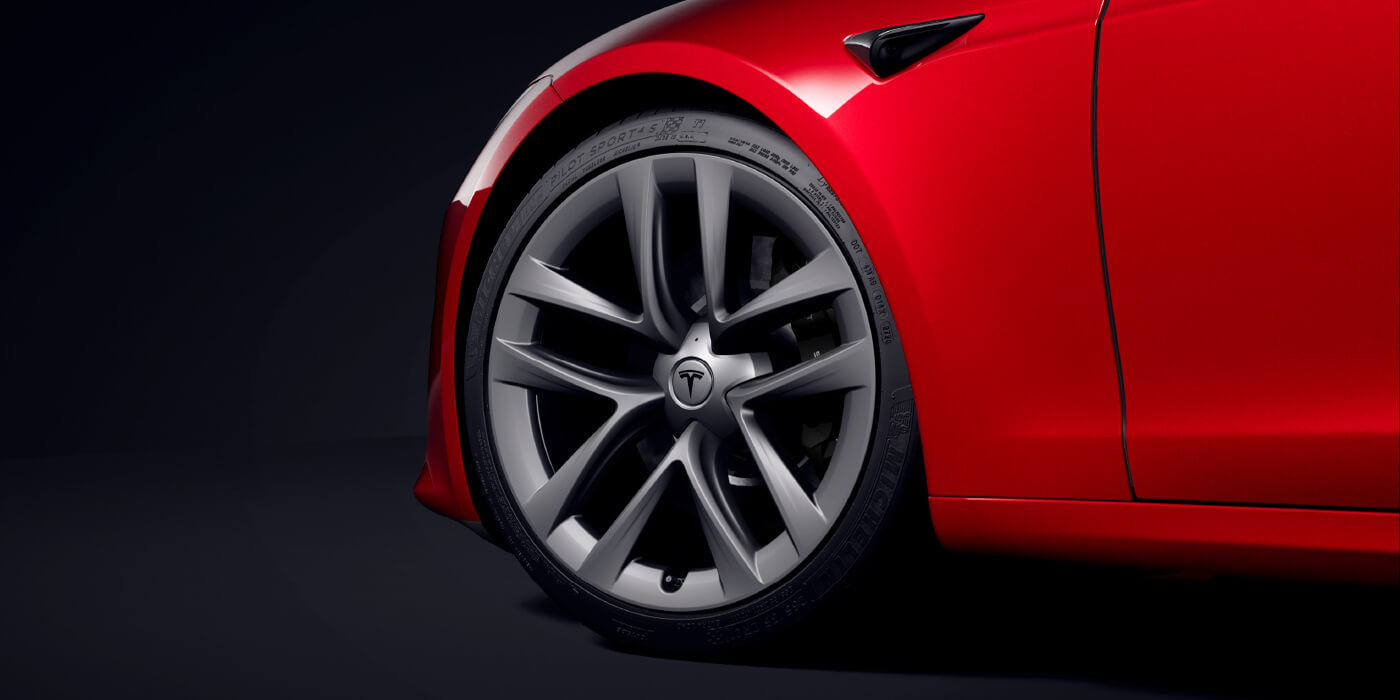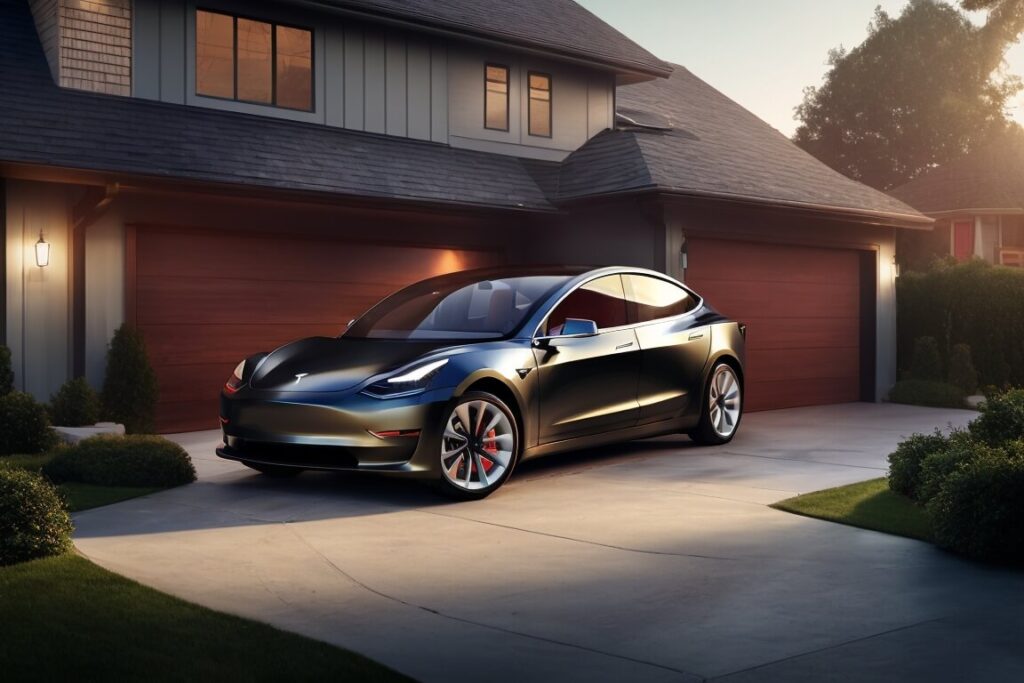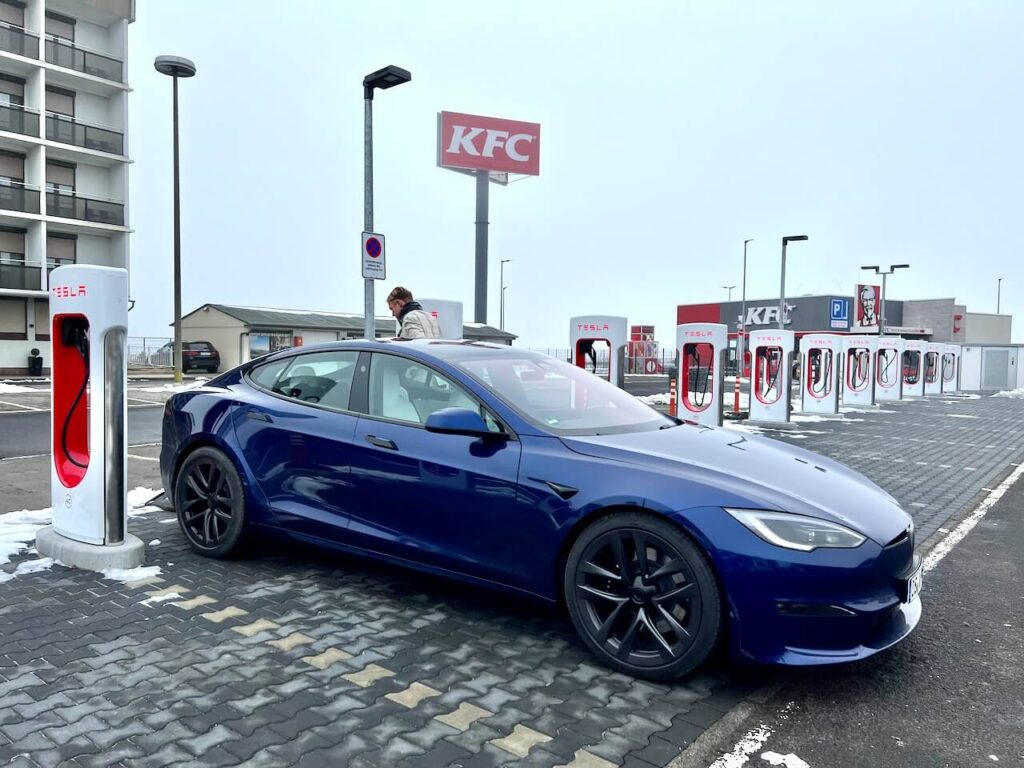For drivers in temperate climates, EV summer tires offer a compelling upgrade over all-season tires. Their specialized tread compound and design allow for maximum grip and precise handling in warm, dry conditions. But do summer tires make sense for electric vehicles (EVs) focused on efficiency? Tire manufacturer Hankook makes a strong case that properly engineered EV summer tires can deliver potent performance without sacrificing range.
To understand why, we first need to break down key summer tire design characteristics:
Compound – Summer tires utilize a harder, stiffer rubber compound compared to all-seasons or winter tires. Typical summer tire compounds measure between 68-73 on the Shore A hardness scale, while winter tires are around 60. This added stiffness resists excessive heat buildup and tread deformation at higher speeds, providing better high-speed stability. It also enables more immediate responsiveness, as there is less delay in the compound reverting to shape.
Tread Design – Multiple factors in summer tire tread patterns aim to boost dry and wet grip. Shallower tread depth, usually between 6-8mm, increases stiffness for better responsiveness. This is paired with wide lateral grooves, significantly wider than all-seasons, to channel away water. The lack of siping on tread blocks further improves dry traction. Fewer biting edges resist snow, but excel on clear roads.
Construction – Hidden attributes also affect performance. The internal belt package utilizing aramid fiber helps tires maintain integrity at extreme speeds, reducing growth at speed and improving stability. Counterintuitively, flexible sidewalls can lower rolling resistance by reducing tread shoulder deformation – though stiff sidewalls aid EV stability.
Balancing Grip and Efficiency – Grip relies on hysteresis, the delay of rubber reverting to shape after deforming to grip the road. This friction also creates heat, raising rolling resistance. However, smart structural choices allow minimizing this compromise. Lighter materials, even pressure distribution, and low-friction compounds can boost efficiency without sacrificing wet/dry traction.
Hankook’s EV-focused ion EVO triple-A rated summer tire demonstrates these principles in action. Its shallow, directional tread with wide inboard grooves combines with a stiff sidewall and rigid shoulder to limit deformation and hysteresis heating. Hankook claims EVs fitted with the ion EVO gain 6% more range, 10% better high-speed stability, 15% longer tread life, and 18% less noise compared to a standard replacement tire.
The takeaway is that advanced design enables EV summer tires to deliver strong dry and wet traction without sacrificing efficiency. For drivers in temperate climates, they represent an excellent upgrade over all-seasons. Just be sure to choose a tire specifically engineered for electric vehicles to maximize both performance and range.
Watch the video this post is based on – Engineering Explained does a great job explaining


